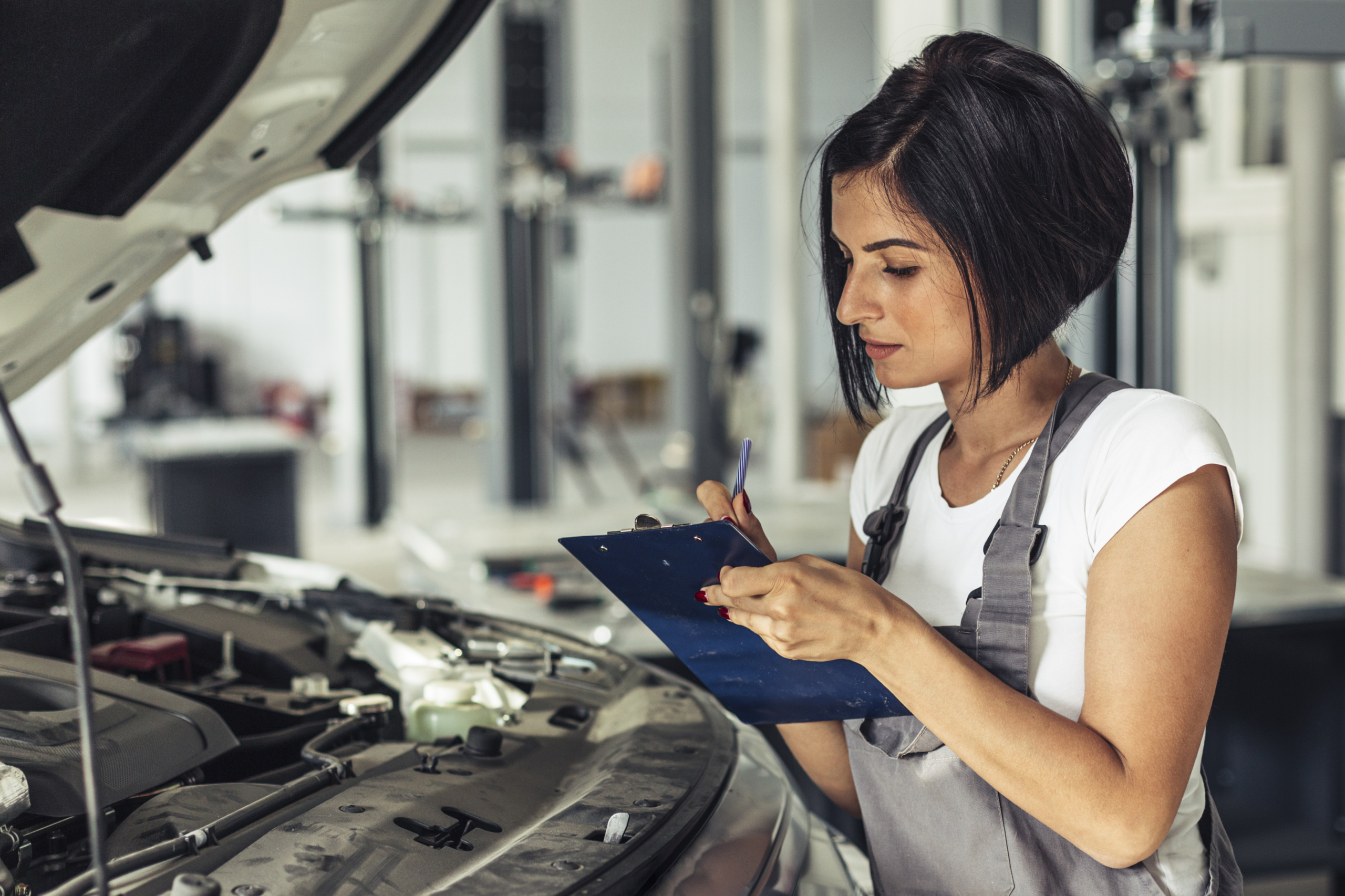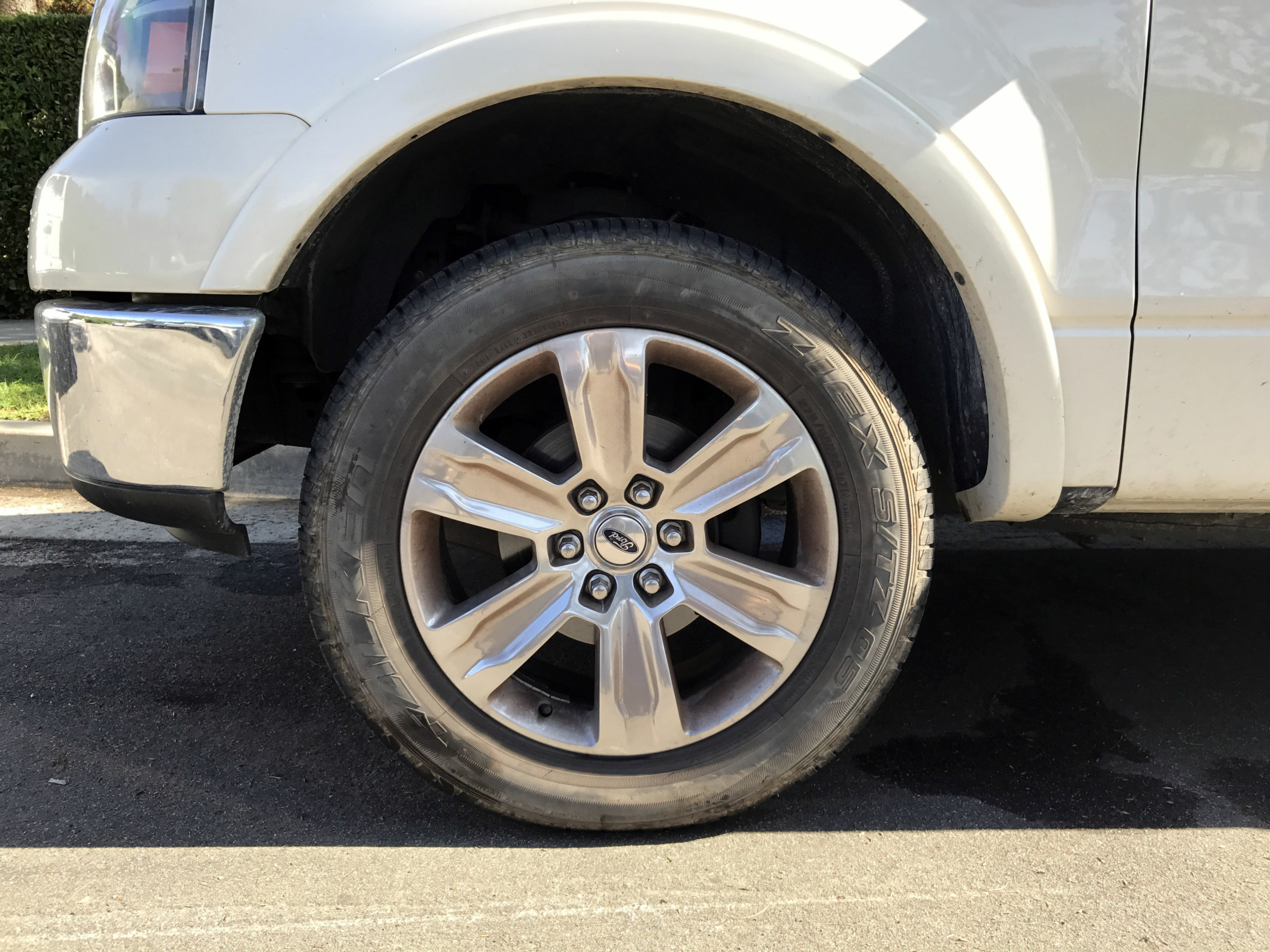
Buying a used car can easily become a nightmare if you don’t know what to look for. Here, I’ll show you how to check a used car before you make a purchase. If you’re interested in a car, this guide will help you determine if it’s worth the time and effort to contact the owner and go for a test drive. The best part is that anyone can inspect a used car—you don’t need to be a car expert. You just need to know what to look for, and I’m here to guide you through it. Let’s get started!
The For Sale sign will give you plenty of information about the car. Look for details like the year, model, version, asking price, and contact number. Always call to inquire further. If there’s no price listed, don’t bother with that car—you wouldn’t shop at a store that doesn’t label its prices, right? This is a valuable tip I’ve learned after examining thousands of used cars.
Now that we looked at the for sale sign, let’s go look at number two, the body of the car. You’re just going to be looking at the body work to see if there’s any damage. Unfortunately, even a little scratch could cost you a lot of money. That is why you have to figure out what you’re looking for. If blemishes like this don’t bother you, scratches, and dents can significantly drop the price of a car because people really focus on looks and that ends up working in your favor. Don’t think that fixing scratches and dents is easy. If there’s a scratch where you need to do some paint work, matching paint, especially on an older car, is difficult. Speaking about scratches, here’s a really useful tip when you’re looking at the body of the car, never inspect a wet car, whether it’s from rain or the car’s just been washed, water is going to hide scratches and dents. That is why it is important to look everywhere for any scratch, touch ups that don’t match the color of the car, holes, dents, and anything that needs repair. However, if they are not a deal breaker for you, then you can use them to knock down the price.

For the wheels and tires, we’re going to see how much life the tires have left. But before that, let’s make sure all four wheels and tires are the same and not damaged. So the first thing you want to do is make sure all the tires are the same in the front and in the rear. You could also have different brands, but be sure that the tires in the front match and the tires in the rear match with each other and they all are the same size. What you don’t want to see is a different tire on each corner next to make sure all your rims are the same. The last thing to check is how much life did the tires have left since new tires are expensive. To do this, look for the wear indicator band in the tread of the tire. When that band is touching the edge of the tread, that means you need new tires right away. Tires are very important for safety and they could get expensive.

If you are done looking at the wheels and tires, take a look at the interior. The first thing I look at is to see if the car is an automatic or a manual. Then take a look at the seats and see if there are any rips or tears. Next, look at the steering wheel and see if it’s worn out. Also, check out the headliner to see if it’s sagging anywhere.

One more thing at which you should look is under the car. Start at the front of the car and look for any leaks over the engine. Go from the front of the car to the side and work your way around and be sure to check for rust. The other thing is make sure you look at the frame. Looking towards the center of the car, check again for anything unusual and for rust. After moving to the rear, look at the spare tire carrier, because if the car was in a significant rear end collision, it’s really hard for body shops to unbend this metal, so there will be obvious crumples or damage to this piece of metal if it was hit hard. Work your way around until you reach the front of the car again.

Enter the vehicle VIN on carvertical.com and get the online report with the full history, technical details and maintenance. Getting a VIN report will give you a clear information about the car. Any faults founded in the car history report can be used as a reason to negotiate the price with the seller.
That covers the six main areas you should look at when checking a used car. Hopefully the article is helpful and it will be a good base for you to know what to look for when buying a used car.

Are you kidding? Best VIN decoder and best price!
carVertical